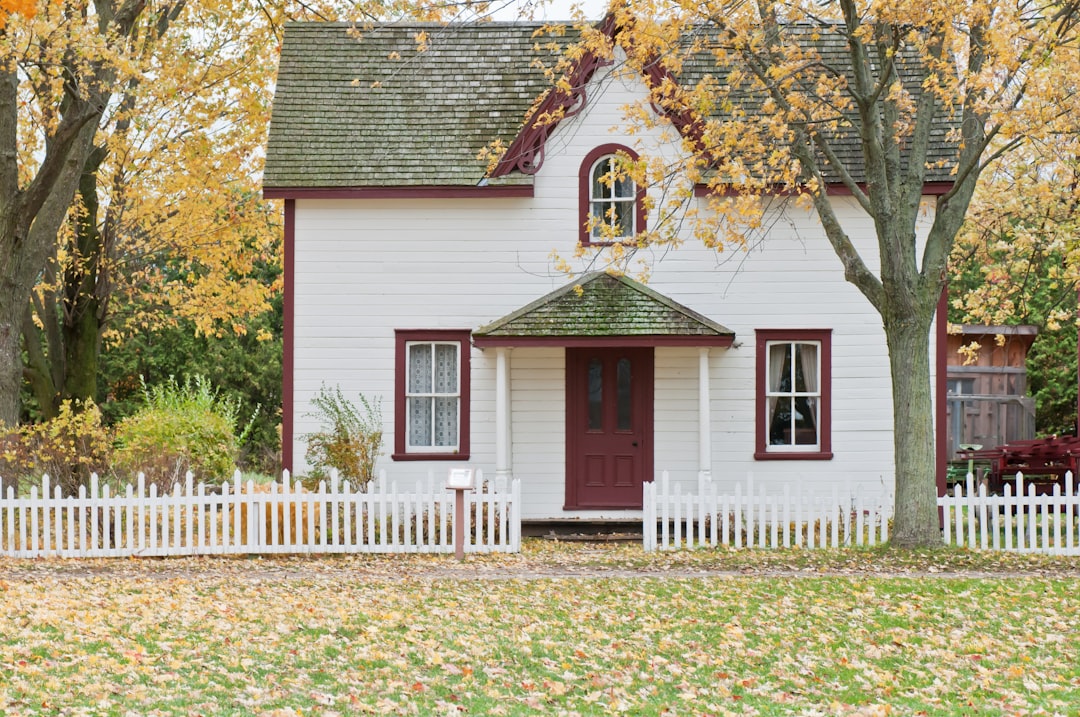The Future of Design: Trends to Watch in Architecture
Posted 11 hours ago
6 minute readtime
Table of Contents
1 - Introduction
The world of architecture and design is constantly evolving, shaped by technological advancements, environmental considerations, and shifting societal needs. As we look towards the future, several key trends are emerging that promise to redefine how we experience our built environments. This post will explore the most significant trends to watch in the realm of design, offering insights into what these changes mean for architects, designers, and the end users of these spaces.2 - Sustainability and Eco-Friendly Design
Sustainability remains at the forefront of architectural innovation, with many designers prioritizing eco-friendly materials and practices. From green roofs and living walls to the use of reclaimed wood and recycled materials, architects are increasingly focused on reducing the carbon footprint of their projects. Furthermore, the rise of passive design strategies, which include natural lighting, ventilation, and thermal insulation, is becoming more commonplace.Tech-savvy consumers are demanding greater transparency regarding the sustainability of products used in construction and renovation. This trend has encouraged the development of various certification programs, such as LEED (Leadership in Energy and Environmental Design), that provide guidelines for sustainable building practices. The future will see a growing emphasis on not just constructing energy-efficient buildings but also creating adaptable structures capable of evolving with changing environmental conditions.
3 - Smart Homes and Technology Integration
As technology continues to advance, the integration of smart systems into architectural design is becoming increasingly prevalent. Home automation systems that allow homeowners to control lighting, heating, and security remotely are now more accessible than ever. The Internet of Things (IoT) is paving the way for buildings that can communicate their needs—optimizing energy use, alerting occupants to maintenance issues, or adjusting indoor climates based on real-time data.The future of design will undoubtedly encompass sophisticated building management systems that improve functionality and occupant well-being. This trend goes beyond mere convenience; it encompasses safety and accessibility. For example, voice-activated assistants can facilitate access for individuals with disabilities, making smart homes an inclusive aspect of residential design.
4 - Biophilic Design Trends
Biophilic design, which seeks to connect occupants with nature, is a growing trend that aims to incorporate natural elements into architectural spaces. This approach recognizes the significant psychological and physiological benefits of incorporating outdoor attributes into indoor environments. Normalizing access to and views of nature, utilizing natural materials, and promoting biodiversity within urban landscapes are increasingly popular.Examples of biophilic elements include interior gardens, water features, and the use of natural materials that resonate with the surrounding environment. This trend will likely evolve as more research highlights the advantages of biophilic design, including reduced stress, improved mood, and enhanced cognitive function. As urban living becomes more prevalent, the need for nature-infused designs will continue to rise in importance and creativity in the coming years.
5 - Minimalism and Adaptive Reuse
Minimalism is more than just an aesthetic choice; it reflects a broader lifestyle shift towards simplicity and functionality. Architectural designs are increasingly emphasizing clean lines, open spaces, and multi-functional furniture. This trend champions the idea that less is more, urging occupants to curate their spaces mindfully and reducing the clutter that overwhelms modern living.Another integral aspect of this movement is adaptive reuse, where existing buildings are transformed for new purposes, rather than being demolished. This sustainable approach not only conserves resources but also honors the architectural history of a community. We can expect to see more architects embracing this mindset as they navigate the tension between development and preservation in urban settings, resulting in designs that tell a story while serving modern needs.
6 - Conclusion
The future of architecture and design is rich with innovation and driven by a commitment to sustainability, technology, and well-being. As we move forward, the emphasis will be on creating environments that are not only functional and aesthetically pleasing but also adaptive and responsive to the needs of their occupants. By understanding and embracing these trends, architects and designers can shape spaces that enhance the quality of life for individuals and communities alike. The architectural landscape is set to be more inclusive, connected, and sustainable—creating a brighter future for all.





